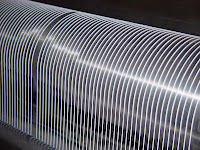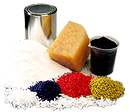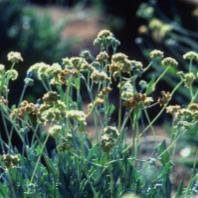Main Chain Modification of Natural Rubber Vulcanisation
John Woon (Senior Latex Consultant): Earlier work conducted by rubber scientists and technologists indicated that conventional sulphur vulcanisation would result in the formation of cyclic sulphide structures (or side groups) along the rubber network chain. This is sometimes referred to as main chain modification which is a wasteful by-product.
By "conventional sulphur vulcanisation", I mean a vulcanisation system where sulphur is added in the curative formulation as opposed to "Efficient Vulcanisation system" or "EV system" where a sulphur donor such as TMTD is used in place of sulphur.
The effect of this cyclic sulphide structure that is of interest to the rubber technologists is its ability to resist the tendency of the rubber molecular chains to crystallise when exposed to low temperature storage. The rubber product therefore remains flexible at low temperatures. The effect is less evident with EV system.
It might interest you to know that, fortunately, the cyclic sulphide structure does not prevent significantly the strain-induced crystallisation. This means that you still observe the high tensile strength of natural rubber.


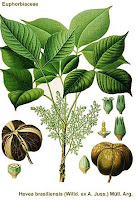






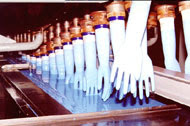


















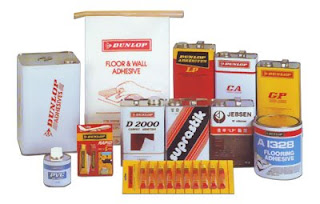
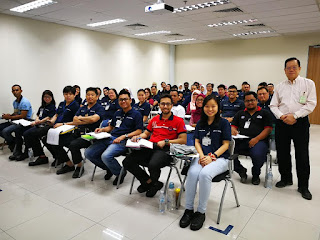

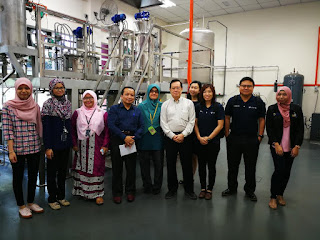






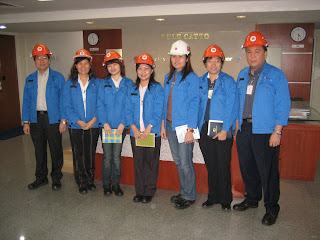
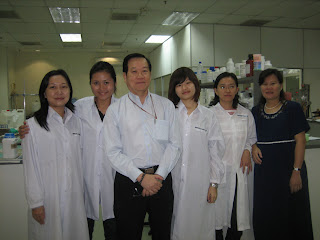
.jpg)
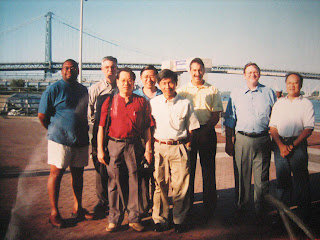.jpg)


.jpg)
.jpg)
.jpg)
.jpg)
.jpg)
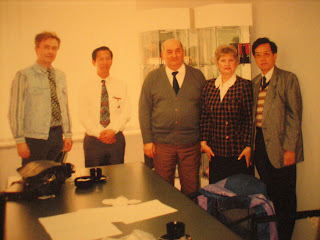.jpg)
.jpg)
.jpg)
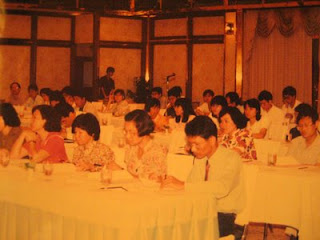.jpg)
.jpg)
.jpg)
.jpg)
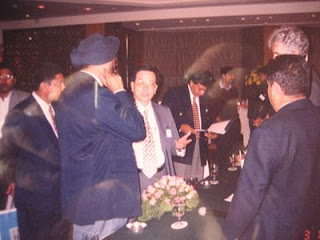.jpg)
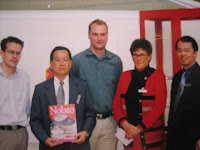.jpg)
.jpg)
.jpg)
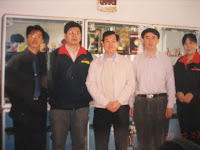.jpg)
.jpg)






